MELLIS, Margaret
As Margaret Mellis-Smith, she was born at Wu-Kung-Fu, China on 22 January 1914, daughter of David Barclay Mellis-Smith (1875-8 February 1951), a Presbyterian missionary, and his wife Margaret Blaikie née Mackenzie, they seem to have dropped the hyphenated surname of Smith. Margaret spent her first birthday on the boat returning the family to their native Scotland five months after the outbreak of the First World War, her father was later minister of Arngask Parish Church, Glenfarg, Scotland. At the age of 15, Margaret entered Edinburgh College of Art where her teachers included the Scottish colourist Samuel John Peploe (1871-1935), and fellow students included William Gear (1915-1997) and Wilhelmina Barns-Graham (1912-2004). On a scholarship, she went to Paris to train with André Lhote (1871-1935) and when she returned to Paris for a Cézanne exhibition in 1936, she met Adrian Durham Stokes (1902-1972), an established art theorist and emergent painter, and they married two years later, they had one son. Margaret and Adrian sought a coastal refuge from the expected bombing of London and found a home at Carbis Bay, near St Ives, Cornwall and in August 1939 they were joined by Ben Nicholson (1894-1982) and Barbara Hepworth (1903-1975), the constructivist Naum Gabo (Naum Neemia Pevsner 1890-1977) with Gabo's wife Miriam, following shortly afterwards. Nicholson and Gabo encouraged Margaret to produce small abstract compositions which were springboards to her daring works of the future. However, it was not long before her husband's attentions shifted to her sister Ann, and in 1946 their marriage ended. Patrick (1920-1999) and Delia Heron (1920-1979) came to stay with them and invited along a lately divorced school friend of Patrick's, Francis Davison and Margaret and Francis married in 1948 and were seldom parted thereafter. Margaret and Francis, together with Telfer, travelled to the French Riviera and camped in the Davison chateau on the Cap d'Antibes, and on returning to England in 1950, borrowed a fisherman's shack at Walberswick, Suffolk where both artists journeyed into abstraction along personal but parallel routes. A legacy paid for a cottage and a four-acre smallholding at Church Farm Cottage, Syleham, Suffolk where, for the next twenty-five years, they thrived by selling eggs and chickens, growing barley and the herbs, fruit, and vegetables of a French-style kitchen garden. The artists had produced a mass of mostly unseen work and when Margaret's rheumatoid arthritis made life difficult, in 1976 they moved to Southwold, Suffolk. By 1978 she had turned from painting to driftwood constructions, combining beachcomber finds of vividly coloured bits of boats and beach-huts, kippering boards and medieval timbers gouged by death-watch beetles into honeycomb, producing soaring angels, dipping boats, surging seas. Francis worked in a frenzy on ever brighter and more complex collages, began to ail with the brain tumour that killed him in 1984. During the mid 1980s, Damien Hirst (1966-), when he was a student at Goldsmith's, contacted Margaret because he admired the work of both Francis and Margaret, and he came down to visit Margaret at Lydstep House in Southwold. Margaret Davision died at Haverhill, Suffolk on 17 March 2009 and was survived by her son, Telfer Stokes, three grandchildren, and four great-grandchildren. Andrew Lambirth 'Margaret Mellis' (2010).
Works by This Artist
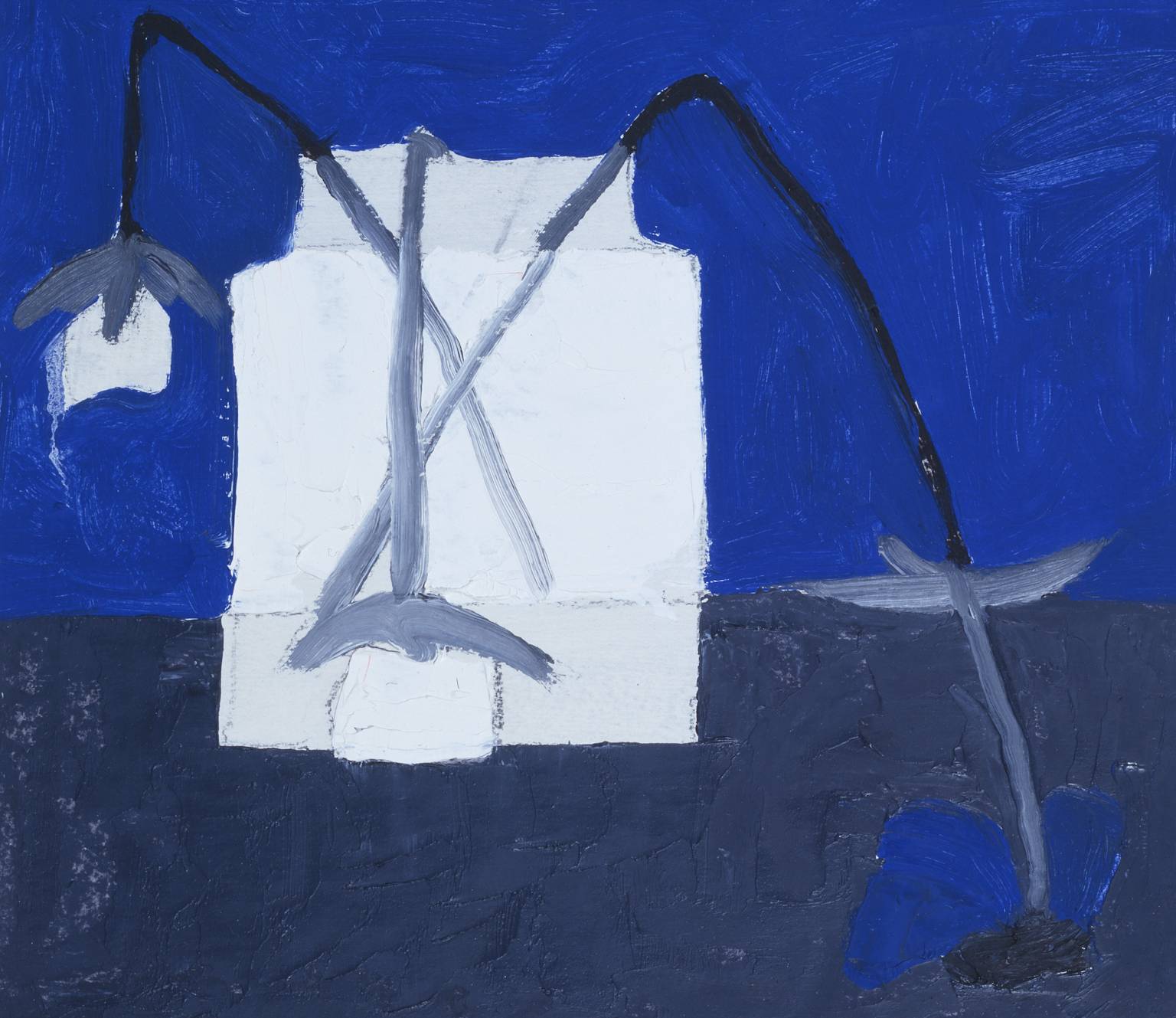
|
Blue AnemoneOil paint on board
|
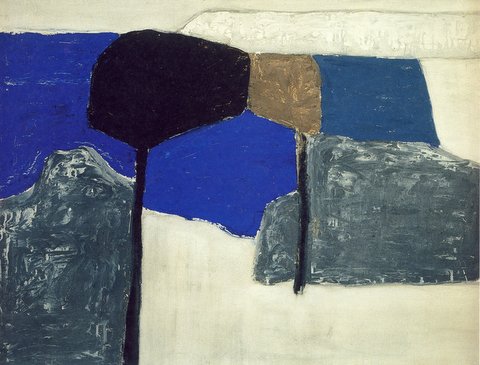
|
Estuary TreeOil on canvas
|
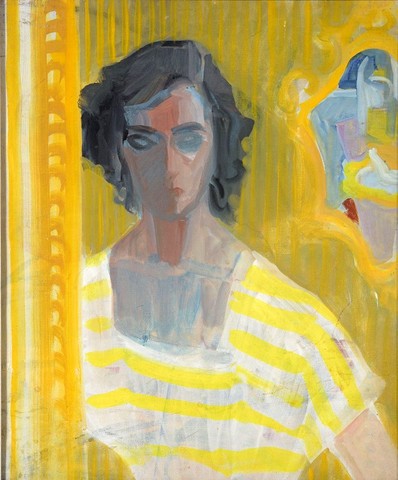
|
Margaret Mellis - self portraitOil on canvas
|
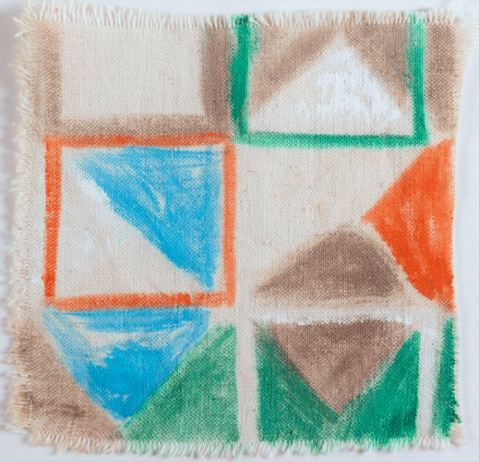
|
1983Oil on unprimed canvas
|
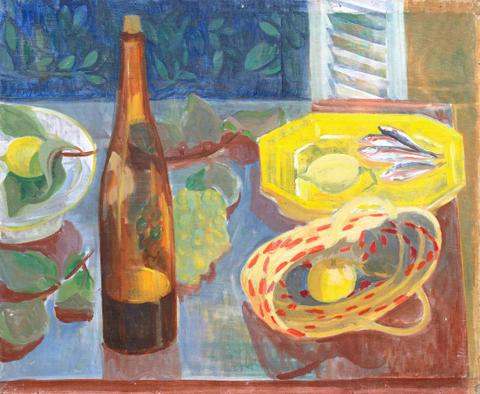
|
Still Life with Wine Bottle and Yellow DishOil on canvas
|